A trio of Britain’s pioneering competition cars are ready to tackle the famous Veteran Car Run
Three iconic British racing cars – all Napiers inextricably linked with the famous Gordon Bennett Cup races held at the start of the last century – will be lining up to undertake the London to Brighton Veteran Car Run on Sunday, 3 November.
And although each of the cars has taken part in the Run over the years, it is thought that this is the first occasion all three have taken part at the same time.
“I would like to thank the owners of these very special cars for giving the public a rare opportunity to see them both on display in the Regent Street Motor Show on Saturday and then in action on the Veteran Car Run on Sunday,” said Ben Cussons, Chairman of the Royal Automobile Club Motoring Committee.
In the early 1900s, James Gordon Bennett, owner of the New York Herald, promoted a series of international road races for teams of cars representing individual nations.
In 1902, the race was held between Paris and Innsbruck and was won by a Napier driven by S. F. Edge. The car, painted green, was the first British car to win an international motor race.
To honour the previous year’s winning nation, the 1903 Gordon Bennett Cup was due to move to Britain – but with racing on public roads against the law on the mainland, the event took place in County Kildare in Ireland.
Three Napiers were entered to represent Great Britain, each painted green – what we now call British Racing Green – but the best the team could manage was fifth place.
Following this relatively poor showing, a series of qualification events was held for would-be competitors in the 1904 Cup. This attracted no fewer than five Napiers, as well as three Wolseleys and three British-built Darracqs.
In the end the British team comprised one Napier and two Wolseleys, but the Cup, held in Homburg, Germany, was another failure for the country. The best-placed British car was ninth while the sole Napier, driven as usual by S.F. Edge, retired just 20 miles from the finish with a seized engine.
The three racing Napiers on the 2013 Veteran Car Run comprise a 1904 car that crashed in the Cup qualification race and so failed to make the cut. This 100HP 11.1-litre car is now owned by the Dutch Louwman Museum.
The 1903 race is represented by the 7.7-litre Napier now owned the National Motor Museum in Beaulieu. Driven by Charles Jarrott, the car crashed and overturned in the race, though thankfully both Jarrott and his riding mechanic Cecil Bianchi survived.
The most successful of the trio is the car that won the 1902 Gordon Bennett Cup. After a racing career in Europe and America, the 30hp, 6.5-litre Napier D 50 was dismantled in the 1920s before being brought back to the UK in the 1990s and restored. It is owned by Argentinian collector Daniel Sielecki.
“Napier’s competition cars from this period are among the most significant cars in the history of British motor sport. They were the first to wear British Racing Green, the colour that British cars would race in for much of the 20th Century,” remarked Cussons.
“To have one or two Gordon Bennett Cup cars on the Veteran Car Run would be an honour. To have three together is an exceptional event.”
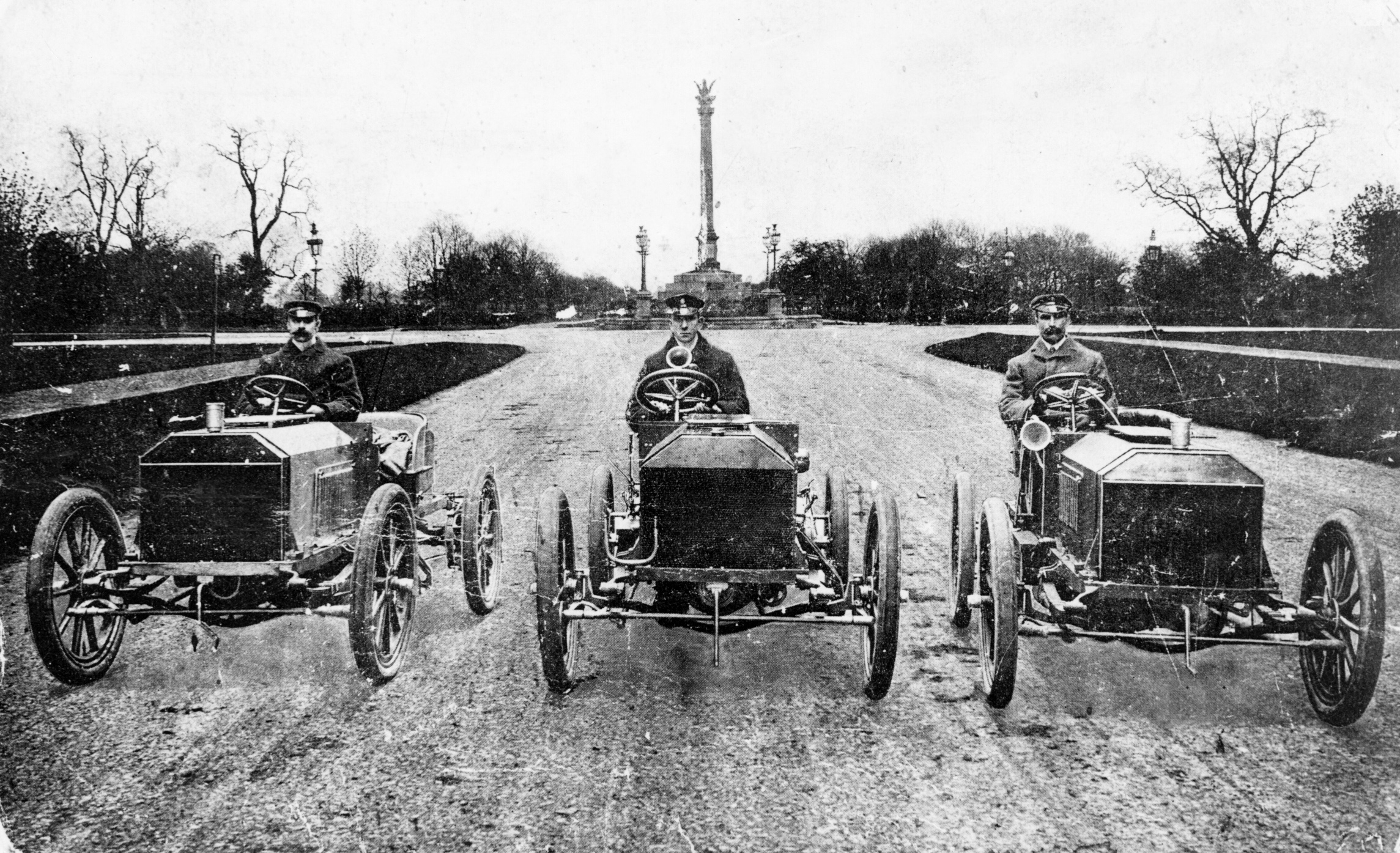
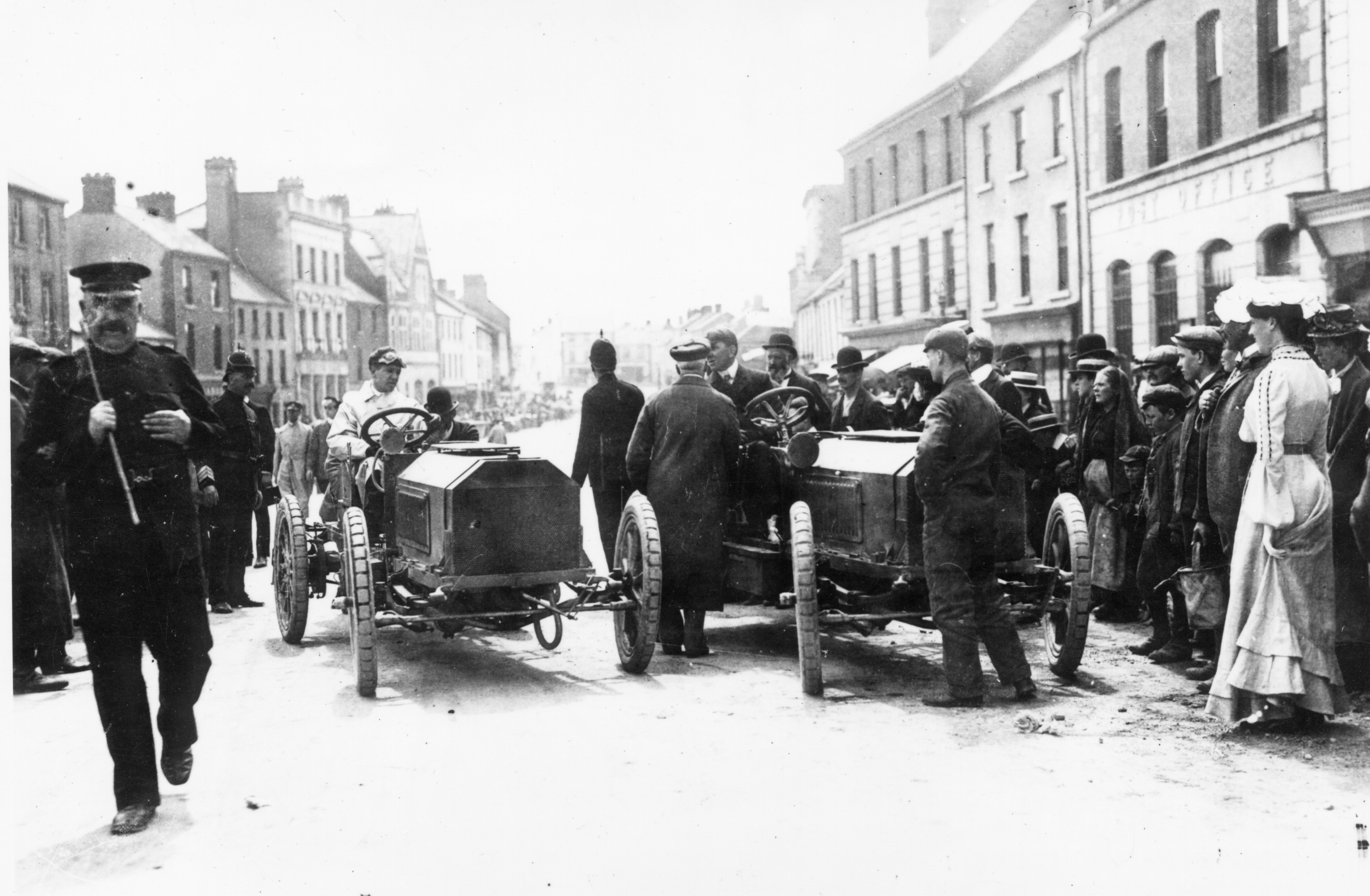
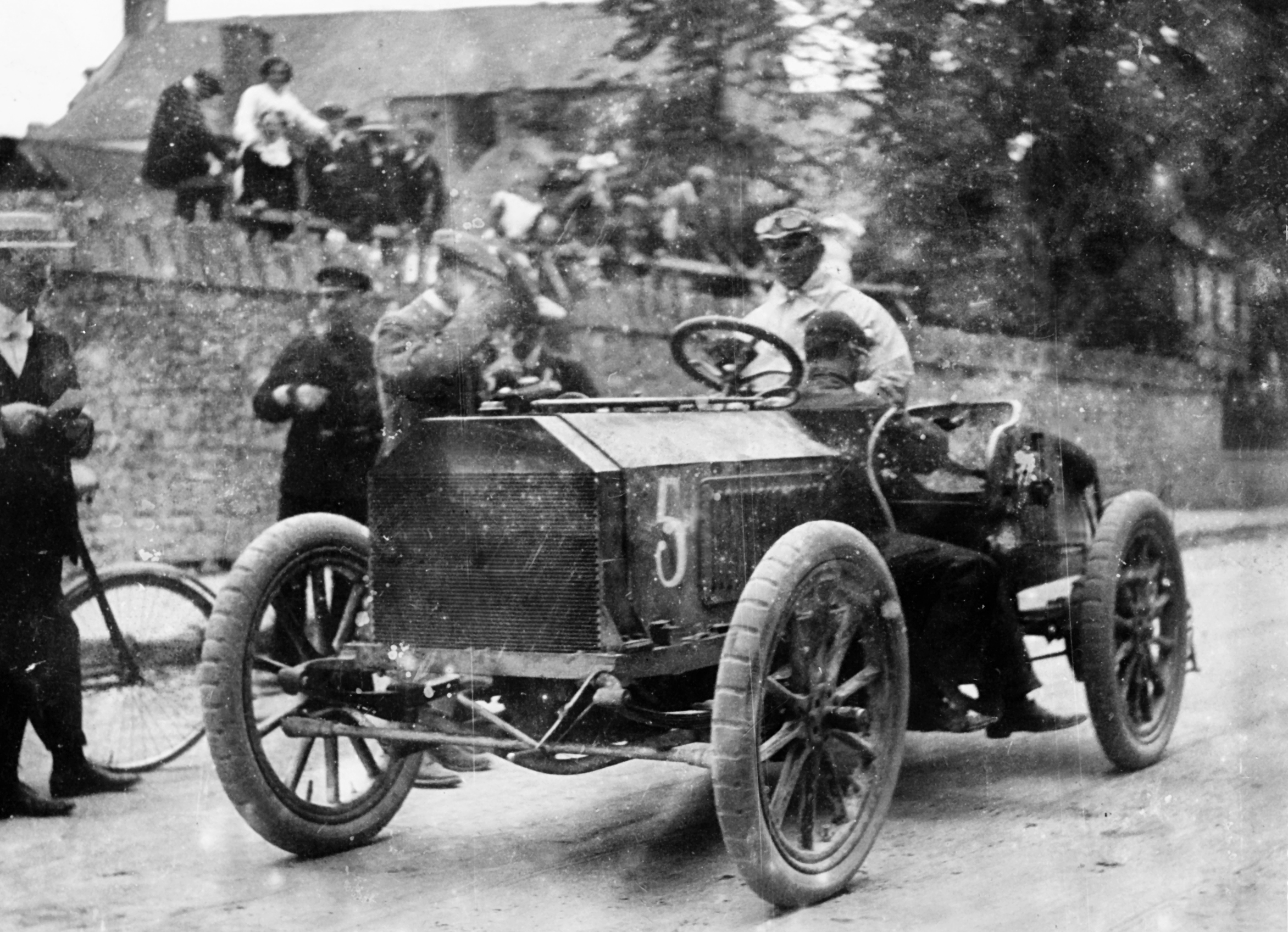
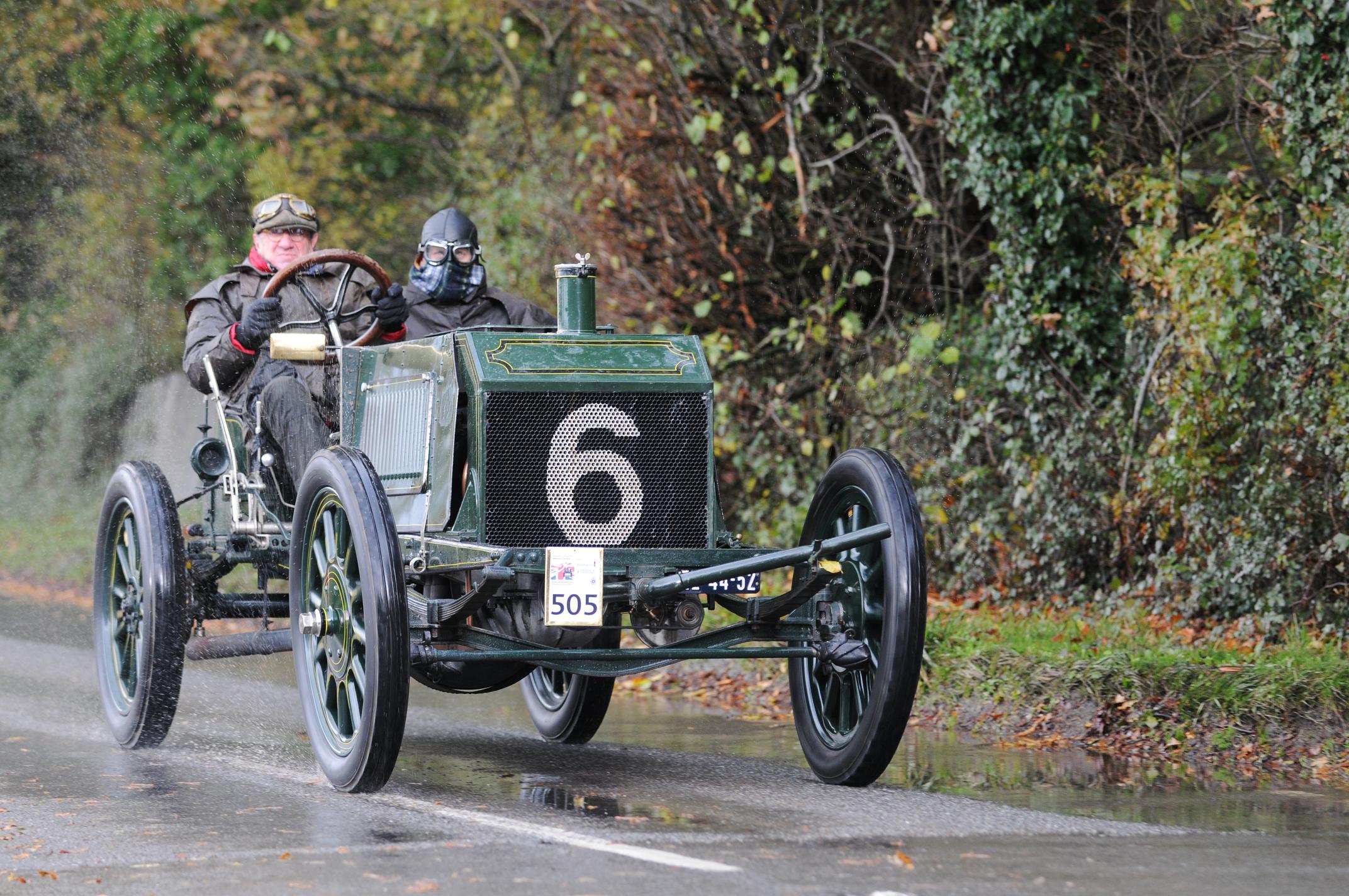
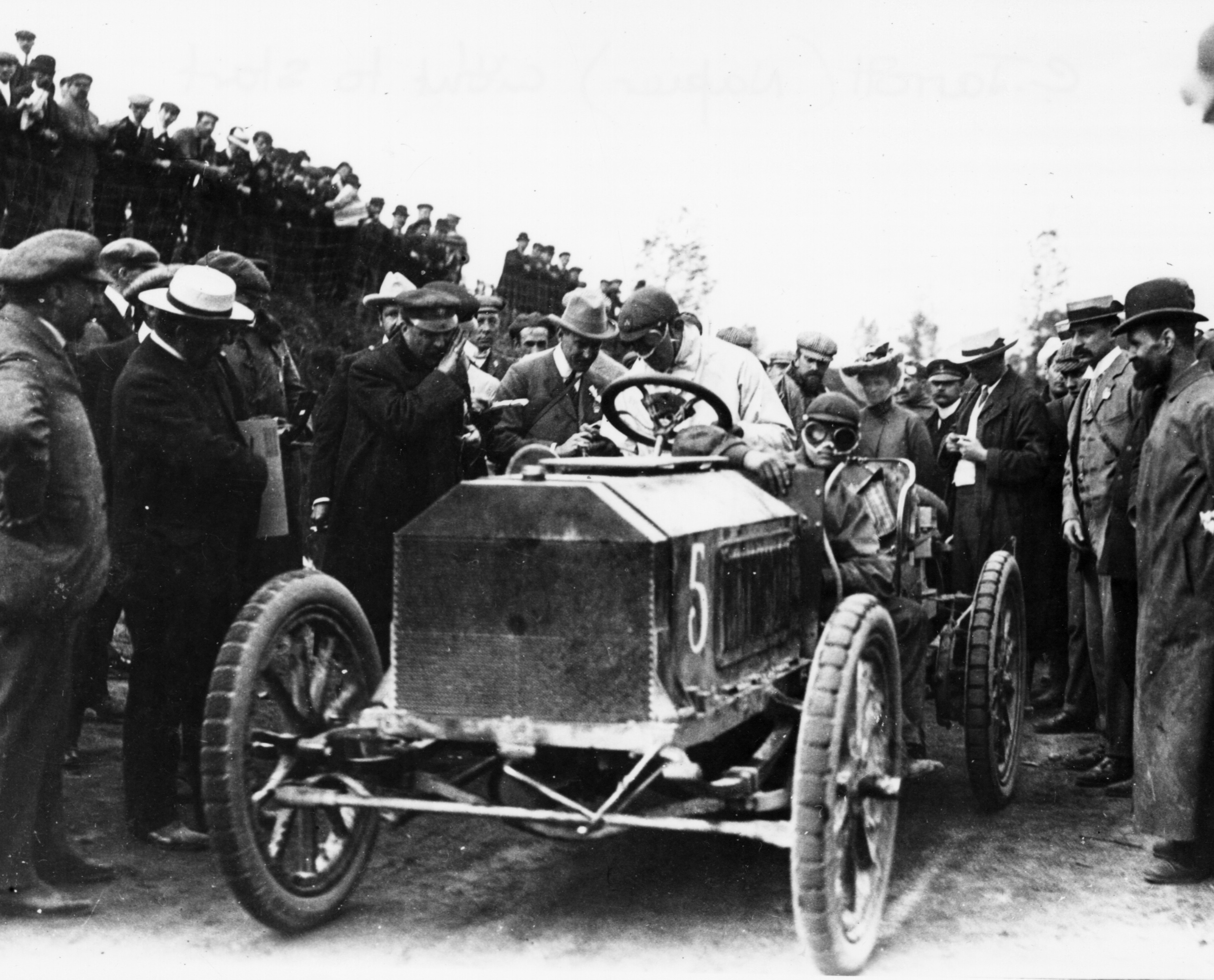
Veteran Car Run: With its unique atmosphere and camaraderie, the London to Brighton Veteran Car Run sponsored by Tindle Newspapers and Bonhams (staged specifically as a non-profit making veneration) commemorates the Emancipation Run of 14 November 1896, which celebrated the Locomotives on the Highway Act. The Act raised the speed limit for ‘light locomotives’ from 4 to 14mph, and abolished the need for these vehicles to be preceded by a man on foot waving a red flag. The Emancipation Run was first re-enacted in 1927 and has taken place every November since, with the exception of the war years and 1947 when petrol was rationed. The Royal Automobile Club has managed the Run with the support of the Veteran Car Club since 1930.
The Royal Automobile Club: Founded in 1897, the Royal Automobile Club’s continuous support and promotion of the development of motoring in Great Britain began with the famous 1000 Mile Trial in 1900. In recent years the Club has focused on running annual free-to-spectate motor shows in the country including the Regent Street Motor Show, and the world’s oldest motoring event – the London to Brighton Veteran Car Run, which will take place on Sunday 3 November 2013. For more information visit: www.veterancarrun.com
The Royal Automobile Club also awards a series of famous trophies and medals celebrating motoring achievements. These include the Segrave Trophy, the Tourist Trophy, the Simms Medal and the Dewar Trophy.

You must be logged in to post a comment.